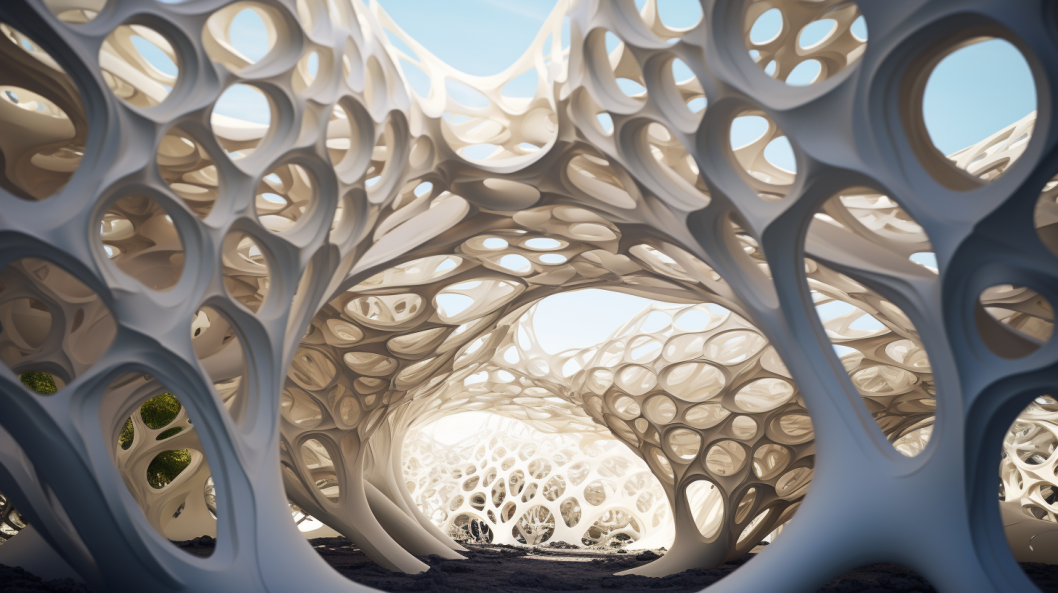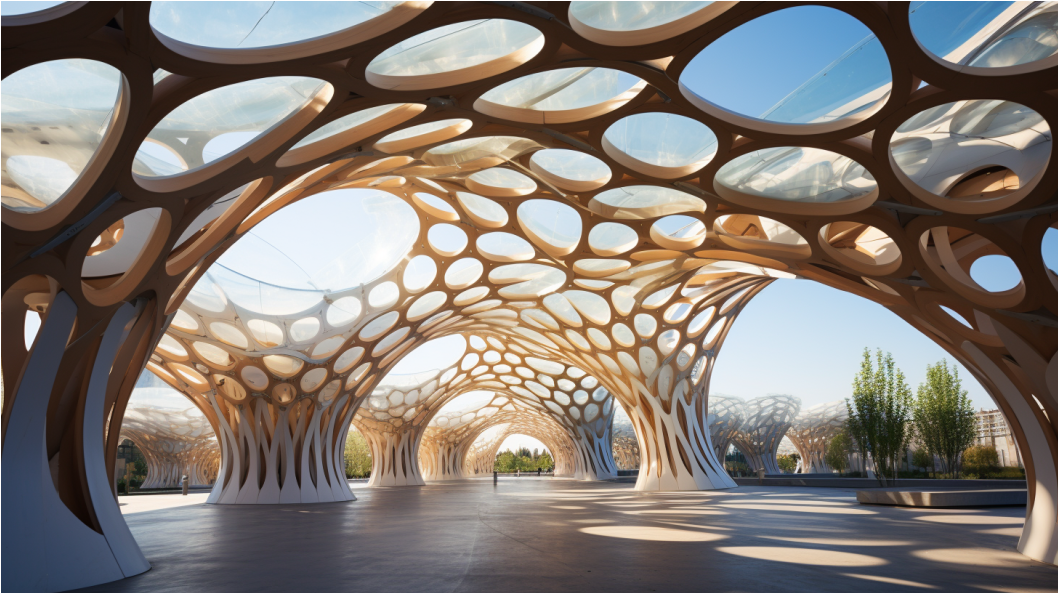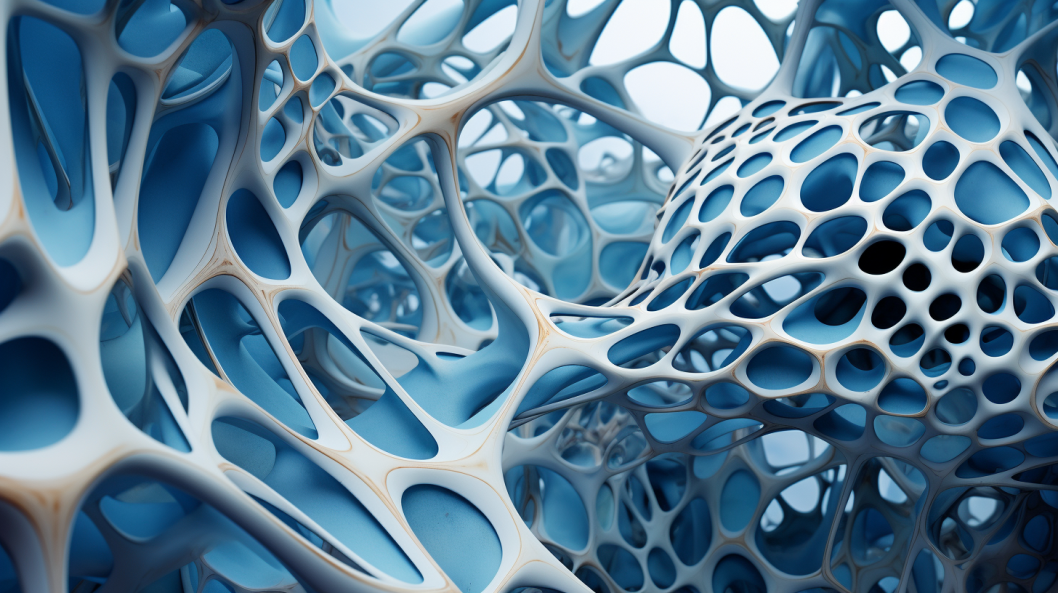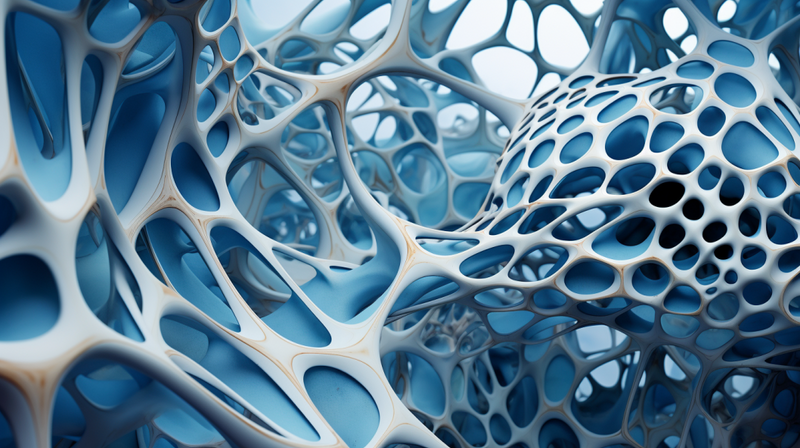The meticulous architecture of a spider's web, the structurally robust honeycomb of bees, and the unparalleled aerodynamics of bird wings reveal a universe of design innovation waiting to be decoded and incorporated into modern engineering through biomimicry. Biomimicry, an approach that seeks sustainable solutions by emulating nature's time-tested patterns, seamlessly intertwines with parametric design – a design method orchestrated by algorithmic thinking and the usage of parameters and rules to define design relationships. This article invites readers on a journey to explore the profound implications of integrating parametric design with the boundless world of biomimicry.

Unraveling Nature’s Design
Nature has, through eons of evolutionary refinement, perfected designs that optimize resources and functionality. The structural elegance of seashells, the faultless navigation of migratory birds, or the adaptive coloration of chameleons – all epitomize a level of design sophistication that has yet to be fully understood or mimicked by modern science and engineering.
Parametric design, which utilizes algorithms to manipulate key parameters and create diverse design outputs, offers a promising platform to explore and replicate biological models. When imbued with principles derived from biomimicry, it becomes a tool to decode and potentially extrapolate nature’s successful designs.
Embedding Biology into Parametrics
The integration of biological insights into parametric design can redefine the way we approach problems in architecture, engineering, and design. In biomimicry, nature’s patterns, strategies, and principles are translated into human applications, often leading to innovations that are inherently sustainable and efficient.

Imagine a building façade designed parametrically, imbibing the principles from the skin of a polar bear, to optimize thermal regulation while minimizing energy usage. Or consider transportation designs inspired by the sleek, hydrodynamic structures of marine creatures, which could provide insights into minimizing resistance and maximizing efficiency.
Sustainable Symbiosis: Aligning Technology and Nature
The symbiosis of biomimicry and parametric design has the potential to herald an era where design solutions are not only innovative but also inherently aligned with sustainability. Nature operates on a closed-loop system where waste is virtually non-existent, and every byproduct is utilized efficiently. Translating this philosophy into parametric design can drive the creation of models that prioritize resource conservation, energy efficiency, and waste reduction.
Take, for instance, parametrically designed urban landscapes that mimic the self-sustaining ecosystems found in nature, ensuring that every element, from water management to energy consumption, is optimized and synergized within the environment.
The Ethical Considerations: Treading with Responsibility
As we stand on the brink of a design revolution, ethical considerations become paramount. Bioprospecting, or deriving models, algorithms, or other utilizable aspects from biological entities, raises questions about ownership, fairness, and bioethical considerations. When we derive designs and principles from nature, how do we ensure that the organisms or ecosystems from which we derive knowledge are protected and preserved?
Moreover, the potential applications of bio-inspired parametric design also need to be evaluated against a backdrop of long-term sustainability and societal impact, ensuring that technological advancements do not inadvertently propel ecological degradation.

Future Frontiers: Beyond Imitation
The amalgamation of biomimicry and parametric design doesn’t just halt at imitation but propels us into an era where designs are reimagined, innovating beyond mere duplication to create novel solutions that may not exist in nature. The future beckons us to not merely copy, but to innovate, learn and extrapolate from the biological blueprints, steering our designs towards uncharted territories, and perhaps, catalyzing an evolution in our synthetic designs.
Bridging Disciplines to Forge Ahead
The convergence of biology and design through the lens of parametric methodologies is more than a mere amalgamation of disciplines. It is a testament to the boundless possibilities that emerge when human ingenuity intertwines with nature’s wisdom.
As we navigate through the unfolding epochs of technological advancement, perhaps it is in the delicate, nuanced, and infinitely intelligent designs of nature that we will find the keys to sustainable, innovative, and ethical progress, propelling our civilizations into a future where technology and biology are harmoniously enmeshed.
In reflecting upon the biological blueprint, we are reminded that in every curve, algorithm, and particle of the natural world, there lies a universe of knowledge waiting to be unveiled, understood, and synergistically woven into our future designs. It beckons for a collective journey, where scientists, designers, ethicists, and ecologists converge, forging a future where design is a reflection of both biological mastery and human innovation.

